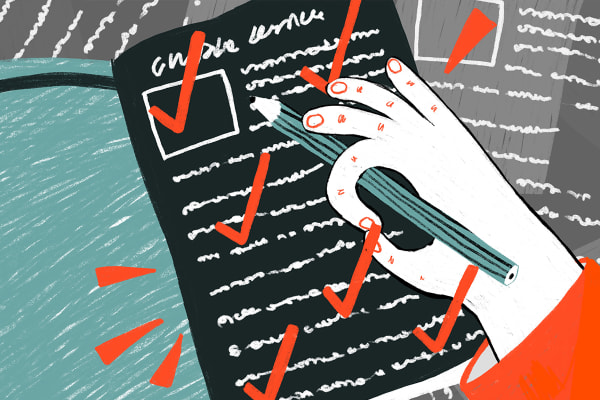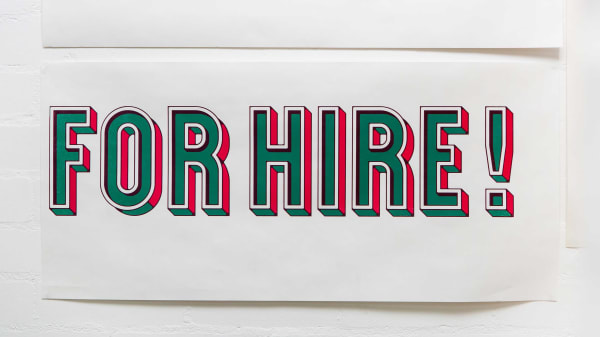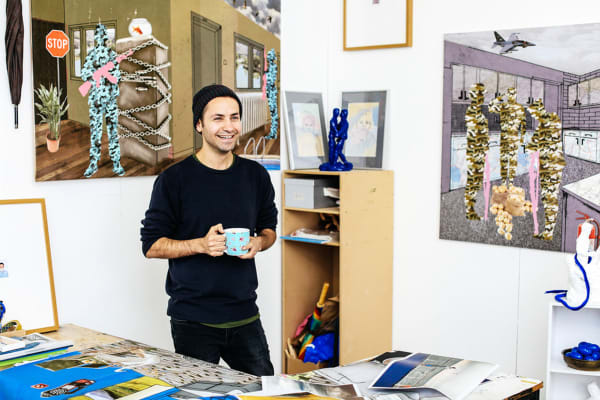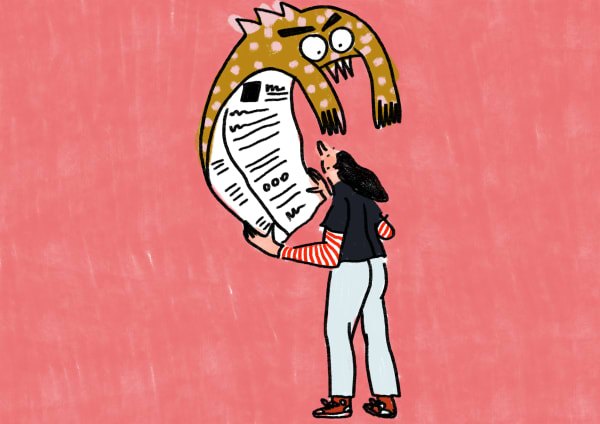How to write a CV
If you’re looking for work you need an up-to-date CV (curriculum vitae). Here are our tips for writing a standard CV.
Structure
Standard CVs are made up of the following sections:
Contact information
Include your full name, telephone number, email and website (if you have one).
Profile
1-2 sentences explaining who you are as a person and the type of role you are looking for.
Key skills
List IT skills, languages and anything else that is relevant to the job you are applying for. Make sure you include relevant soft skills too; this might include good timekeeping, communication skills or a positive work ethic.
Experience
List your relevant jobs (including work experience/internships), starting with the most recent first. Include company name, job title and the dates you worked there. It’s good to include ‘Key achievements’ for each job.
Education
List each qualification, starting with the most recent first. Include the qualification title, the date it was awarded and the school/college/university you attended.
Achievements
If you have had your work recognised, published or commissioned, or you have be part of a residency, freelance project or exhibition that’s relevant to the job, make sure you include it on your CV.
Interests
Mention a couple of activities or interests that you enjoy here – ideally relevant to the job.
References
At the very end of your CV you should write 'References available on request'. Two references are standard. If you do not have 2 work references, you could ask a College tutor to be a reference for you.
Tips
- Adapt your CV for every job you make sure it matches the requirements outlined in the advert.
- Employers often have to scan a large number of CVs, so make sure you put key information at the top.
- Keep your CV short and relevant (ideally no longer than 2 pages).
- Avoid using long paragraphs; bullet points will help to highlight key information and make it easier to scan.
If you’re applying for creative roles your CV should showcase your creative skills. Consider using branding that matches your website, or create a CV that isn’t in the traditional format.
Structure for artists' CVs
Artists’ CVs are normally created for a specific purpose such as an exhibition, competition or residency. They should only include information that is relevant to your artistic achievements. Don’t include unrelated work experience, employability or education in your Artist CV.
Most artists include a statement about their work and philosophy. This can be several paragraphs long and may include the following:
- The ways your work has developed
- Where it is going
- The materials or skills that you use
- The meaning of your work
- Your ambitions
- Your intended market
- Your influences
- Personal reflections
- Key themes of your work
- Your personal and professional beliefs or ethics.
Got a specific question about your CV? Book in for one of our upcoming workshops or attend one of our CV Checks for personalised feedback.
Resources
-

Image courtesy of UAL
-

Illustration by Gracie Dahl
-

Upsana Kashyap,
Related content
-

Process photography, LCC. Photo by Lewis Bush
How to write a cover letter
If you’re applying for a job you’ll need to write a cover letter to accompany your CV. Read our advice on how to write a cover letter.
-

Mustafa Boga, MA Fine Art, Central Saint Martins. Photo Alys Tomlinson.
How to build a portfolio
A good portfolio demonstrates your creativity, skills and ability. Read our tips for creating an effective portfolio.
-

Creative Enterprise Week 2017. Photo by Damian Griffiths.
View our programme of events
We run over 150 events each year to support UAL students with their creative careers and businesses.
-

Photo by Alys Tomlinson
Preparing for job interviews
Read our tips for how to prepare for an interview, to help you feel confident on the day.
-

Photo by Unai Mateo
How to find jobs
Read our online advice and guidance on how to find jobs in the creative industries.
-

Image courtesy of UAL
How to fill out job applications
Some employers require you to complete a form instead of submitting a CV. Read our tips on how to complete an application form.
